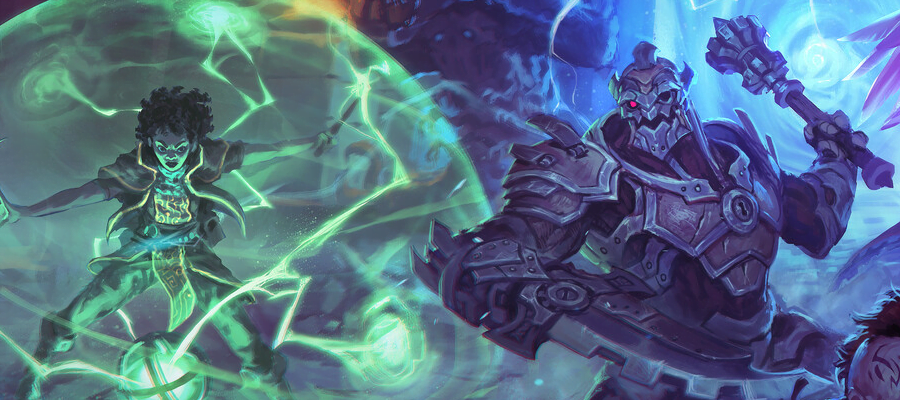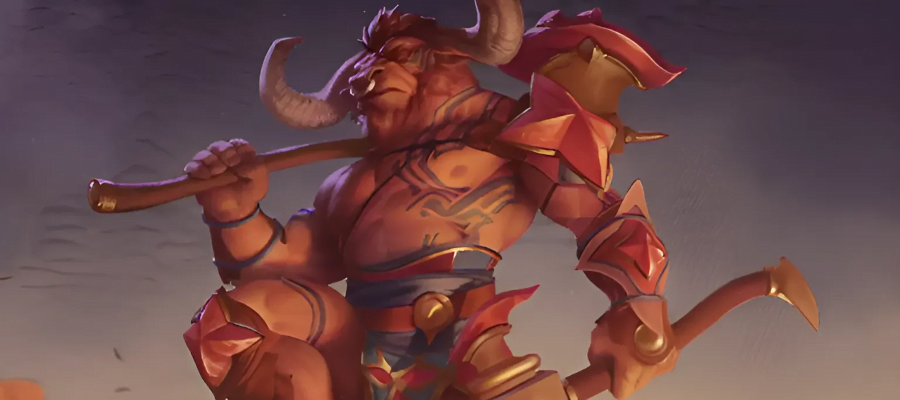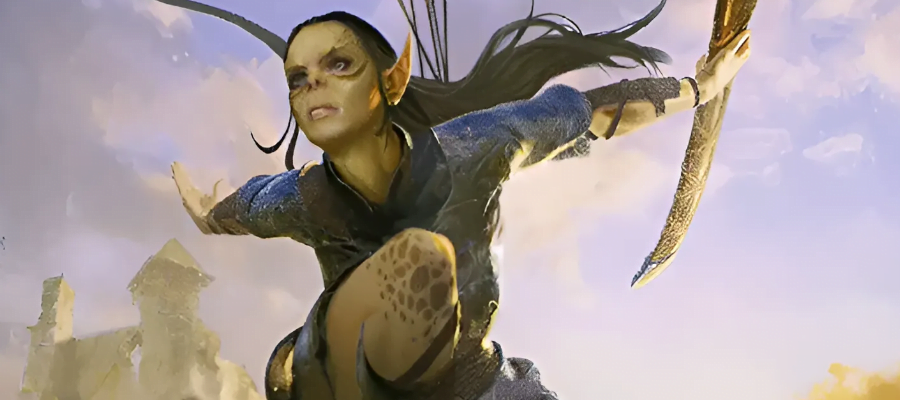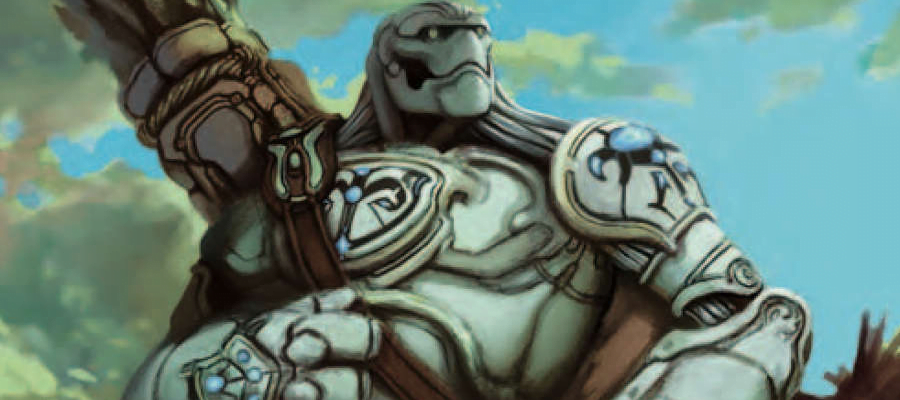When I talk about Cobrin’Seil and the people who live there, I do it in the context of I guess a kind of worldbuilder who wants to present heritages as whole sapient people who exist in a world and relate to that world materially. ‘A Wizard did it’ does not satisfy me. I do not like entirely magically sustained cultures, and I do not like the idea of cultures that have a singular personalised focus. I treat the heritages as if they have cultural stereotypes, which are based on interactions and communities, but I try to approach them as if they are creatures that exist in a world and interact with that world.
This approach is great when I’m starting out and filling out the broad spaces. What are humans? What are the things related to the humans? But the thing is, in D&D, character heritages aren’t just a worldbuilding entity, they’re also player pieces, mechanical objects that players want to interact with. They can range from important for entirely mechanical reasons (hi there, Dragonborn and Dwarf), or because of cultural prominence.
In this category fall today’s three examples: The Minotaur, the Warf*rged and the Giths. And I want to give a bit of a talk about what they are in Cobrin’Seil, but also, why players see them, and what that means for the world.
Glossary Note: Conventionally, the term used in D&D for this mechanical package is race. This is the typical term, and in most conversations about this game system, the term you’re going to wind up using is race. For backwards compatibility and searchability, I am including this passage here. The term I use for this player option is heritage.
Minotaurs
Gosh, Minotaurs are bad. No sugar-coating, no bad-but, no bad-if, but the Minotaur presented in the Player’s Handbook 3 is a fundamentally weak, undersupported heritage option. If you want to play a melee character who hits things hard, there are better options in previous players’ handbook books (hi, Half-Orc, isn’t it nice to see you ahead of the list). Heck if you want to play a melee character who hits things hard and want the monstrous elements that keep you from fitting into conventional situations, the Minotaur compares badly to the Monster Manual Orc option.
That’s bad: That’s real bad. The Monster Manual heritage options were built at the first stage of the game. They were made without any support and in the earliest version of the game which meant that there are a lot of better, stronger, more flexible heritages for player characters in almost nearly this vibe. Comparing badly to a monster manual heritage is a sign that a thing is nearing on unplayable.
Why do Minotaurs though? Why do we have them, or have to confront them? Well, they’re a classic, iconic monster that’s human-ish, it’s got a good vibe and a cool look and a lot of classic iconic characterisation to attach to them. In the context of ‘monster characters,’ minotaurs are one of the iconic ones and people have wanted to relate to them forever. Minotaurs are a good player handle, and if any player likes minotaurs and goes ‘oh that’s cool, I’ll be a big bull critter person’ then you run them headlong into the problem that minotaurs are extremely bad and they’ve made an intuitive choice they may like, and the result is something that makes them pretty mediocre at doing the things they want to do. What makes it even worse is that even if you make a Minotaur and use them to do the things they’re mechanically good at, they won’t do it in ways that make them feel like a Minotaur.
Big failure there. The Minotaur needs a big mechanical overhaul.
What about flavour? Well, I have two places where I feel the Minotaur might fit in the context of Cobrin’Seil. First is to somehow tie them into the culture of Kyranou, which is a Greek-inspired location with elemental benders. That gives us some of the same ‘Minotaur’ energy that Greek myth derived stuff borrows. Another option is to set them in the Beastfolk as another, less common clade in that group, and I mean I could do both – have them come from the Beastfolk territory and then have them move to Kyranou as it becomes the ‘place of cow people.’ This gives Minotaurs two really distinct aesthetic vibes – plains-dwelling nomads like the Tauren but hopefully less uncomfortable, and Greek Wrestle Himbos.
Another third option, which I considered and I’m not pursuing, is to tie Minotaurs into fae realms stuff, to give them a derivation connected to the Eladrin and the Elves. I feel that puts them too close to the Dio Baragh, and diminishes both. With that in mind, the Minotaur slides neatly into the Beastfolk coalition, another evolved animal species from some common root that is still not clearly understood. Easy.
Mechanically, uh… wew. That’s a bigger problem to solve. Still, I can give a flavour explainer to help root players in what they want their Minotaur characters to be, where they’re from, and where they may be familiar with Minotaurs.
Minotaurs
Broad and powerful, Minotaurs are a member of the Beastfolk Coalition who seem to have grown out of some variety of creature like an Aurochs or more recently, feral cows. With a variety of physical presentations that represent moose, bison, and buffalo, the Minotaur people of Cobrin’Seil carry with them a great long story of their origin, told in the history of their names. Poetic and patient, the Minotaur see the world as being a great, hidden path that they find their way through one day at a time.
The Minotaurs of the plains are varied; they have populations on both Bidestra and Arnea, with the Arnea population making up the larger half. In Bidestra, a group of Minotaurs who mostly resemble bulls live in Kyranou, a culture that came to one of the islands in the past as a gift from a king, and have endured there ever since. This does nothing to diminish the reputation of Kyranou as ‘the kingdom of cow people,’ but it is unrelated to the Bull of Dorox.
A common idea is that the Minotaur do not have a writing system until they had one granted them by the Urd empire. This is not true – Minotaur writing is intricate and spirals, with sentences and ideas deliberately made to fold in on themselves in round or square characters that can be written either as a ring around something or as a complex pattern in a square. These are often referred to as ‘Maze sentences’ where divining meaning can be a complex task of finding the navigable path through the symbol.
Gith
Thanks to Baldur’s Gate 3, I’ve seen the Githzerai and Githyanki pushed into prominence. Along with the Minotaur, they represent an extra 4e player character heritage option that was presented in the Player’s Handbook 3. While the book is a solid one and has a bunch of classes I like, these heritages are kind of trash. Githzerai (and their palette swap cousins the Githyanki) represent a worst kind of thing to have in a player option, in that it’s something that has almost nothing to recommend it.
Gith are empty. Gith are a culture of people who are mad about one another and mad about their origin. They are a Single Issue Votary, a culture of monastic ex-slaves that escaped control, usually by the Illithid, and then proceeded to have a big doctrinal fight with one another. They are meant to be specifically more planar than humans, but uh, they are just otherwise, pretty much just humans. Their closest to a unifying cultural detail is that they’re assholes. You’ll see Gith as an NPC that you have to solve or get items for or navigate a language maze around. I can think of like, four NPCs of this ilk and it’s the only thing I can think you can use Gith for.
But Gith are mechanically a pretty robust package, so do they have a place in Cobrin’Seil?
Nah.
Heck to the Gith.
Warf*rged
Here’s a fun one to talk about. Officially, I shouldn’t talk about Warf*rged. I mean I will and should and do and won’t stop, but Warf*rged are not a component of the normal general grab bag of do-what-you-want critters in 4e. If I want to talk about elves in my setting, then that’s fine. But if I want to put a book together selling these things there are restrictive rules about what I can or can’t mention, and one of those things I can’t mention is the culture that you know from Eberron as the Warf*rged.
It’s not a real problem, nobody cares. Nobody’s making the kind of money that Wizards of the Coast is about to file into a court over if I mention ‘in this setting here’s how Warf*rged work’ but it’s still a rule and it’s one of those things Wizards can clamp down on because of Brand Identity. See also: Beholders and Mind Flayers. I can’t call a third party monster that’s obviously a Beholder a Beholder. Because uh, those aren’t in the ‘you can fuck with this’ space.
Anyway, point is Warf*rged are a heritage that has strong ties to the lore and world of Eberron specifically. They need to do a lot to be normal, where a character can look at a W*rforged and not be shocked or confused by it. It’s easy to drop a W*rforged character into a setting and have them be some mysterious construct, crafted by some wily wizard or by great mystery, but for a people like that to exist, in the setting, they need some explanation, some thing that can be part of the general knowledge that people are familiar with. There needs to be a story, and that story needs to be capable of normalisation. If every W*rforged character is a unique special snowflake then by definition, they can’t be anything normal.
The W*rforged are manufactured people who were mass produced for a specific purpose. In Eberron, it was as soldiers for a massive period of ongoing war. In Cobrin’Seil, while history has a bunch of wars going on, there’s not been a single industrialised state that thought ‘let’s solve our problems like this.’ Not that there hasn’t been something similar – the Osteon raised an entire army of skeletons for its wars, after all, but those are good, clean, honest skeletons. Necromancy is a natural resource, it comes out of the ground.
Whatever these Warf*rged are, they aren’t an Urd Empire remnant. Urd did things with blood magic, warping people through eating them. Urd are untidy and messy and complicated and that’s why there’s no clear distinction between things like Bugbears and Grimlocks. The Urd Empire was essentially people making and remaking tools messily without care for the fact those tools are people, and it was fundamentally messy and undocumented. They aren’t from the Tiefling Empire either, because its aesthetic was demonic and used slavery as its primary utility engine.
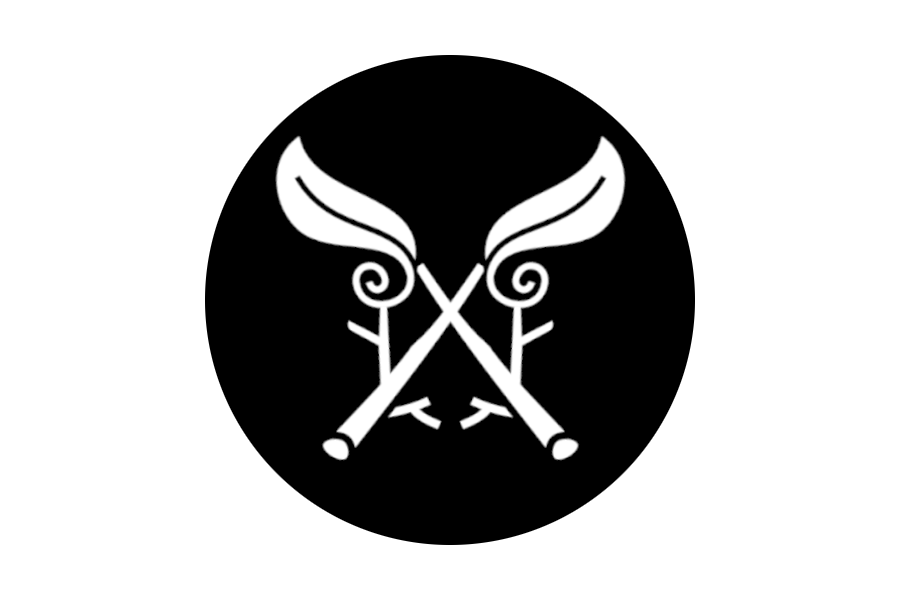
But there is a place that has an association with hearts, and has had every reason to need an empire, and a source for the Warf*rged and their aesthetic that totally works. The province of Crucesbough, in the Szudetken. The simplified way I’d describe Crucesbough is Bloodborne Cities connected through cursed forests, where they are united by a religion known as the Empty Church. Crucesbough does blood magic, with blood being used to transmit messages, create art, heal the sick and yes okay pay some deeply cursed stuff under those cities.
And they once ruled the Szudetken. They once owned the province. A small number of cities across a thin line of highways was not going to do that without an occupying force – and their occupying force, generations ago, was the crafted, living constructs known as Ironhearts.
Ironhearts
Ironhearts are the most commonly seen and widespread sign of Crucesbough culture outside of the Szudetken peninsula. They are synthetic humanoids, living entities made out of metal, brass, porcelain and other manufactured components. Living constructs, the Ironhearts have long memories and no natural death, and are amongst the first people who left the Szudetken.
The origin of the first Ironhearts is the Great Foundries under three cities in Crucesbough. Notably, though, these Foundries are no longer under those cities. More and new Ironhearts come into being, but do so without clear memories of their origin, as if something has erased their memories of the location of the Foundries. Whatever can be determined, the Foundries are not in the Szudetken any more, and have been carefully hidden. This contusion of memories however is complex in that many Ironhearts have memories of older lives, stories of Ironhearts that they may or may not attend.
The three great cities had three different dominant aesthetics. They are known as Bare (mixes of metal shapes, leathers and gears), the Filigree (designed with shells of metal shaped around their limbs to create a whole smooth look and give clear canvases for expression), and the Porcelain (designed of a seeming ceramic substance with notable spherical joints).
